The bidet, a bathroom fixture often associated with luxury and hygiene, is increasingly gaining popularity as an eco-friendly and effective alternative to toilet paper. For women, using a bidet offers unique benefits, including enhanced personal hygiene, reduced irritation, and better menstrual care. However, many are unsure how to use a bidet or what to look for when purchasing one. This guide provides insights into choosing the right bidet and practical tips for its use.
What is a Bidet?
A bidet is a restroom appliance intended for cleansing the intimate areas after toilet use. Originating in Europe, bidets come in various types, including standalone fixtures, bidet seats, and bidet attachments that can be added to a standard toilet. They typically use a gentle stream of water to ensure thorough cleaning, offering a level of hygiene unmatched by toilet paper alone.

Benefits of Using a Bidet as a Woman
1. Enhanced Hygiene - Bidets provide a water-based cleaning system that is gentle and effective, especially during menstruation, postpartum recovery, or after sexual activity. Water removes residue more effectively than paper and minimizes the risk of infections.
2. Eco-Friendly - Switching to a bidet reduces toilet paper usage, contributing to less deforestation and waste.
3. Cost-Effective - Although the upfront cost of a bidet might seem high, it saves money over time by reducing the need for toilet paper.
4. Comfort - Women prone to irritation or sensitivities may find bidets gentler on the skin compared to toilet paper.
Choosing the Right Bidet
Selecting the right bidet involves understanding its types, features, and your bathroom setup:
1. Types of Bidets:

2. Key Features to Consider:
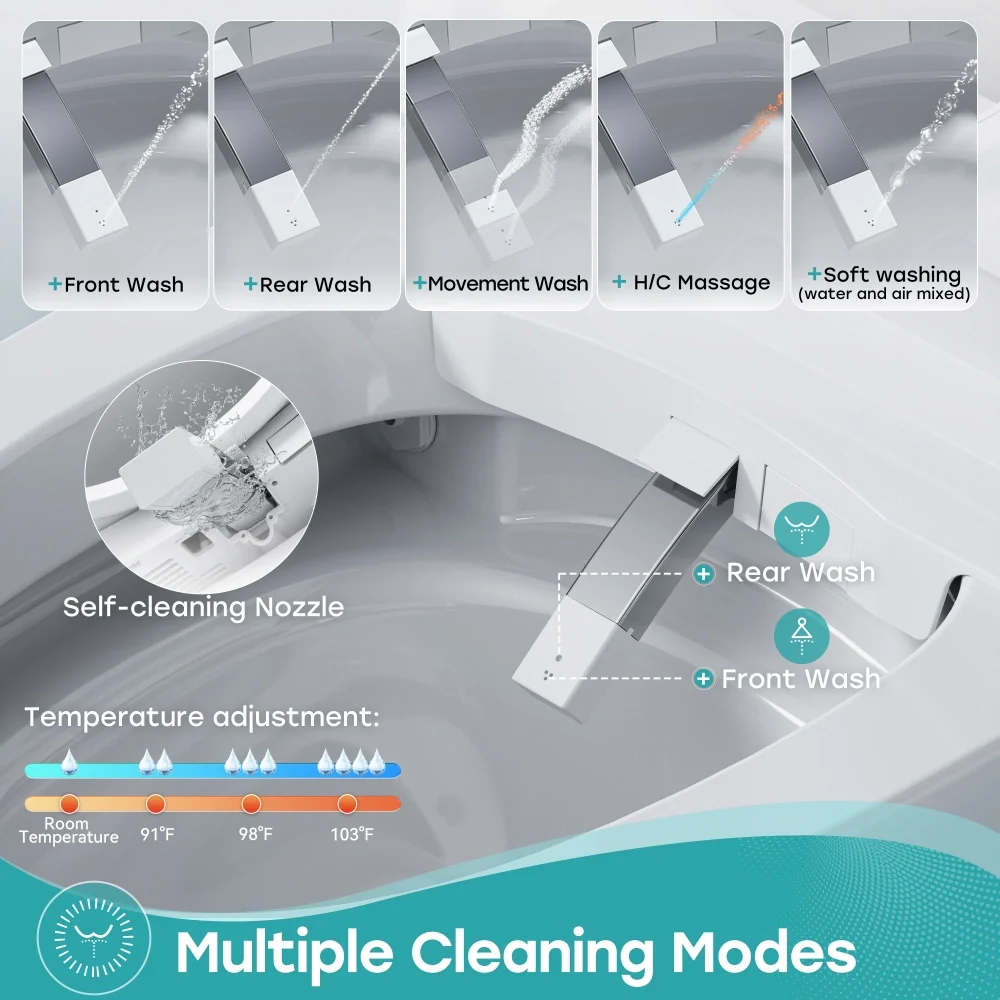
3. Space and Budget:
Assess the available space in your bathroom and your budget. Bidet attachments and seats are ideal for small spaces, while standalone bidets require more room and investment.
Bidet Use Instructions for Female Users
1. Preparation: After using the toilet, remain seated or move to the bidet, depending on the type. Bidet seats and attachments allow you to stay in place, while standalone bidets require a quick transition.
2. Positioning:
3. Adjusting Settings:

4. Cleaning:
5. Drying: Gently dab the area dry using tissue or a personal towel. Some bidets include air dryers for added convenience.
6. Hygiene:
Special Considerations for Women
1. Menstrual Hygiene: Bidets are particularly beneficial during menstruation, as they provide a gentle and thorough cleaning, reducing the risk of odor and irritation.

2. Postpartum Care: Women recovering from childbirth often experience tenderness or sensitivity. The gentle water stream of a bidet can be soothing and hygienic.
3. Pregnancy: Pregnant women may find it challenging to reach certain areas. A bidet simplifies the process while ensuring cleanliness.
4. Infection Prevention: Proper usage minimizes the risk of urinary tract infections (UTIs) by cleaning the area effectively without spreading bacteria.
Tips for First-Time Users
1. Start Slow: Experiment with water pressure and positioning to find what’s most comfortable.
2. Educate Household Members: If multiple people share the bidet, ensure everyone understands how to use it hygienically.
3. Regular Maintenance: Clean the bidet and nozzles regularly to prevent buildup and ensure long-term functionality.
Conclusion
A bidet is an invaluable addition to any bathroom, offering enhanced hygiene, comfort, and environmental benefits. For women, its unique features address specific needs, making it a worthwhile investment. By understanding the different types of bidets, their features, and the proper techniques for use, you can enjoy a cleaner, more comfortable bathroom experience. Whether you're considering upgrading your bathroom or trying a bidet for the first time, this guide empowers you to make an informed decision and embrace the benefits of this remarkable technology.

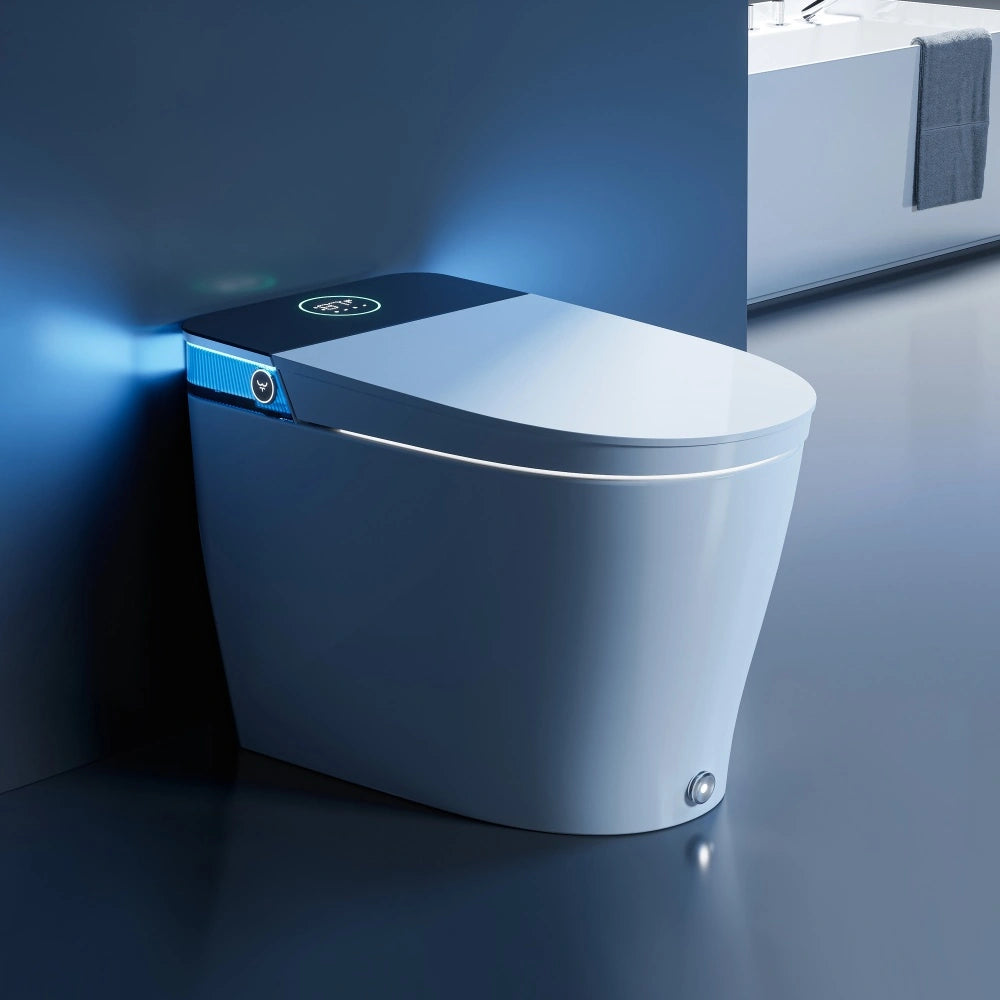
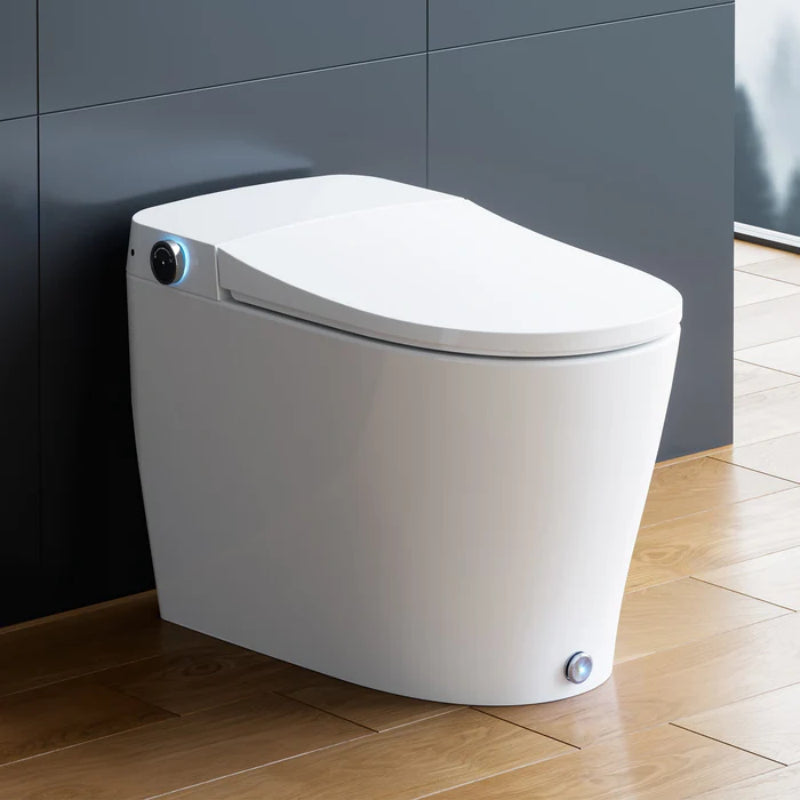
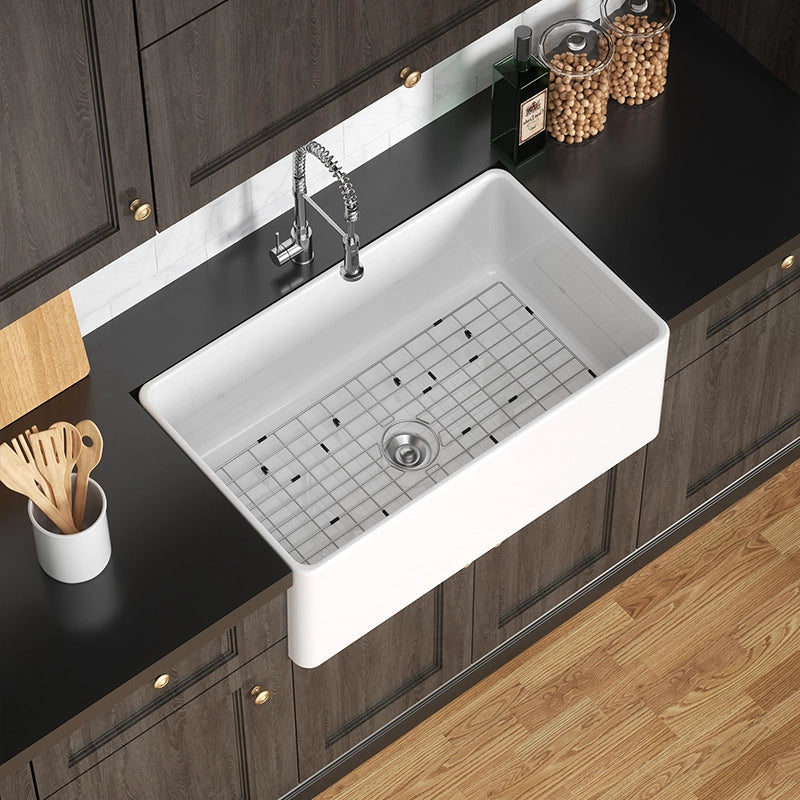
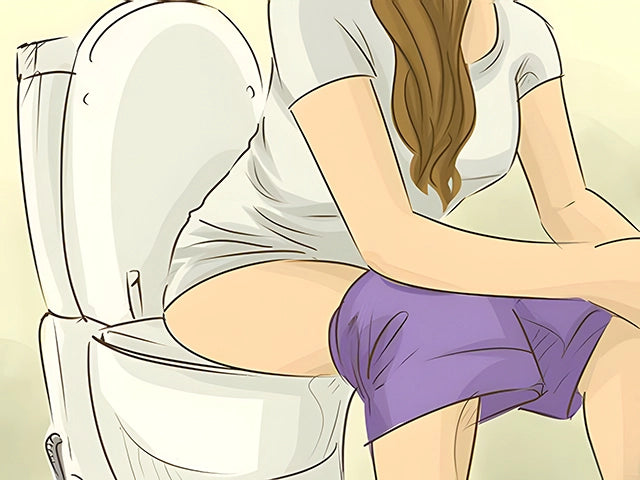
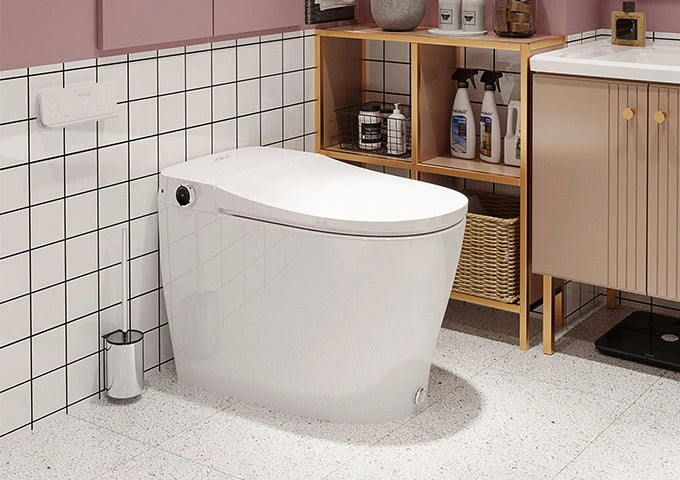
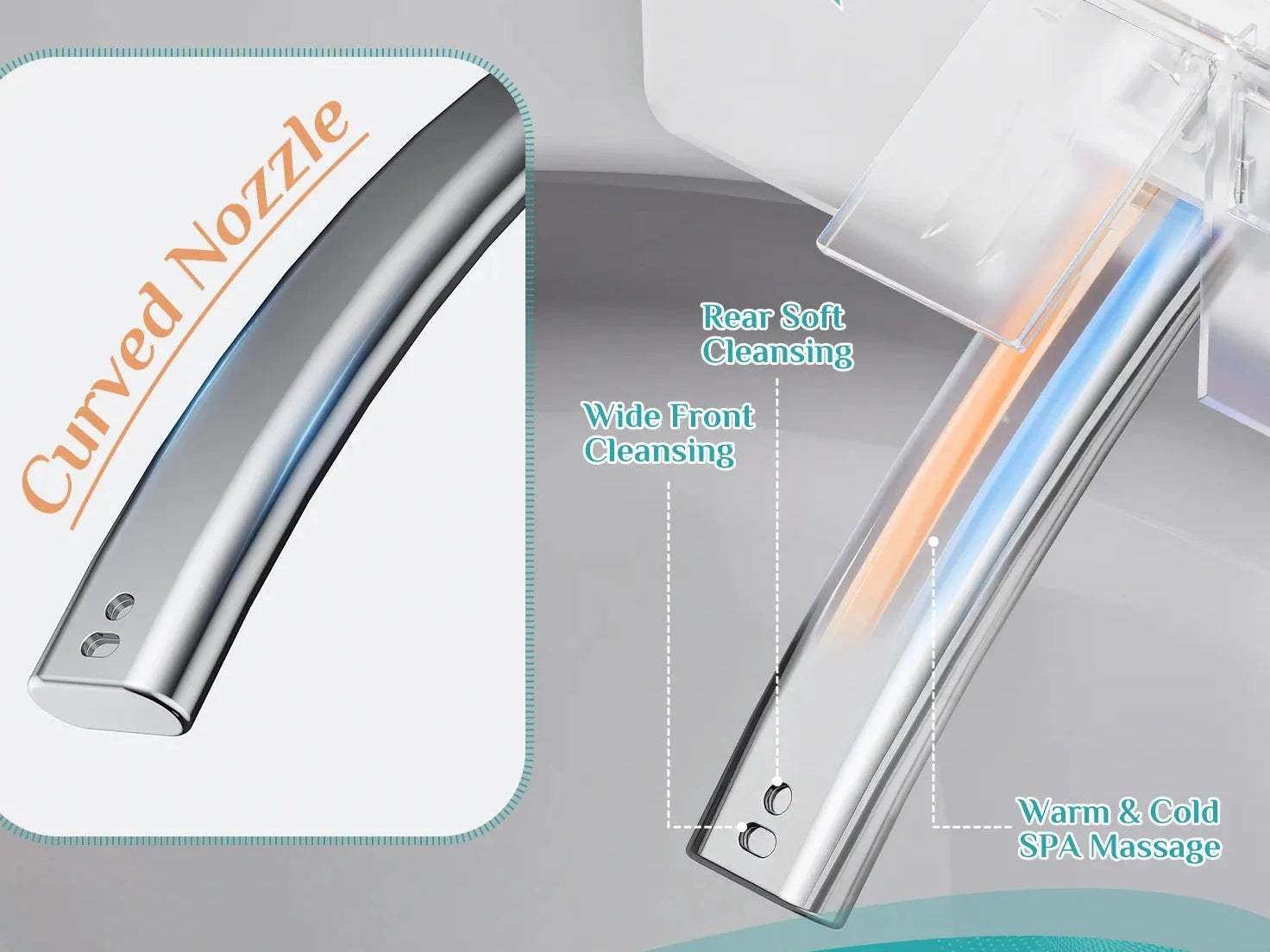

Leave a comment
This site is protected by hCaptcha and the hCaptcha Privacy Policy and Terms of Service apply.